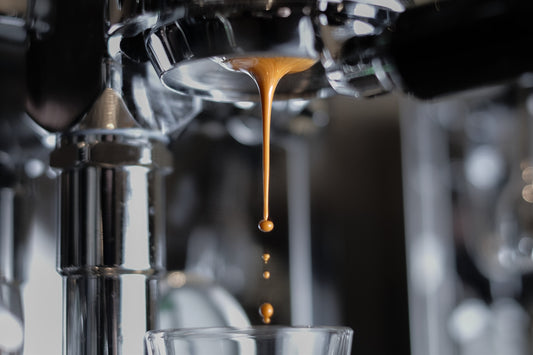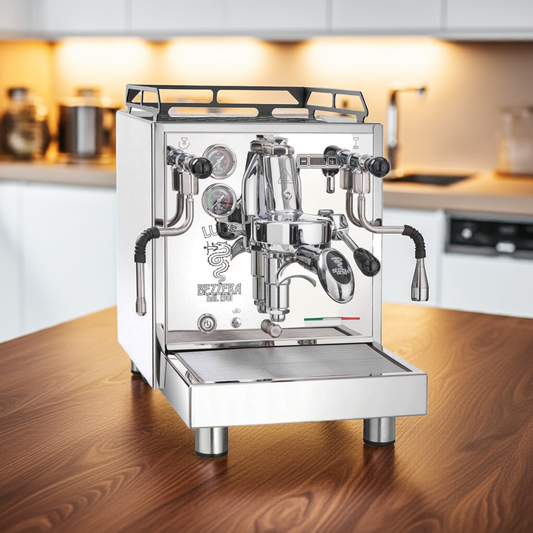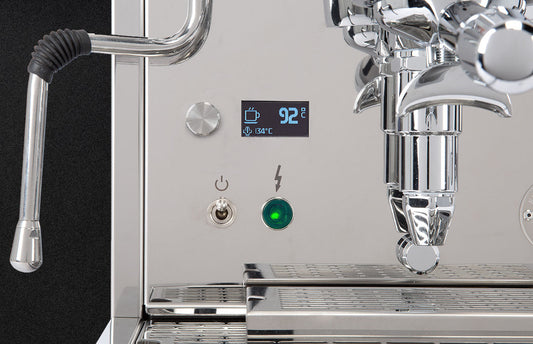Admittedly, new doesn't automatically mean better, but you should at least give things a chance. The same is true for espresso beans of various roasts. The trend toward increasingly light roasts, which has spread from the hip cafés of American metropolises to Europe as well, is unmistakable. The ability to adjust the brewing temperature, e.g., PID & Dual Boiler, is the constructive response to this development. By adjusting the temperature profiles, even very light roast beans can be processed into a drinkable hot beverage. For most people, however, medium-dark roasts are likely more interesting . The acidic components are already somewhat flatter, and with proper preparation, nutty and caramel-like aromas develop.
However, you may have to kiss a lot of frogs before the prince appears, at least that's my personal experience. You can't necessarily rely on the consistent results you're used to from Italian roasting masters. It's definitely worth a try, and a little adventure in your everyday life has always brought me joy.

Light roast
Light roasts result in very fruity aromas, often too dominant for espresso. They're certainly interesting for filter coffee.
Medium roast
The medium roast is still relatively light, but especially with larger quantities (12g-15g) and a higher brewing temperature, great results can be achieved, with fruity aromas and a light body.
Medium-Dark Roast
Medium-dark roasts are extremely popular in the US, and, as is often the case, this trend is becoming increasingly popular in Europe as well. Combined with milk, they develop wonderful caramel aromas, but the spectrum is also impressive as an espresso.
Dark roast
The traditional roast from Italy. Robust roasted aromas with plenty of body, low acidity, and often spicy notes. Just as many love classic espresso.




